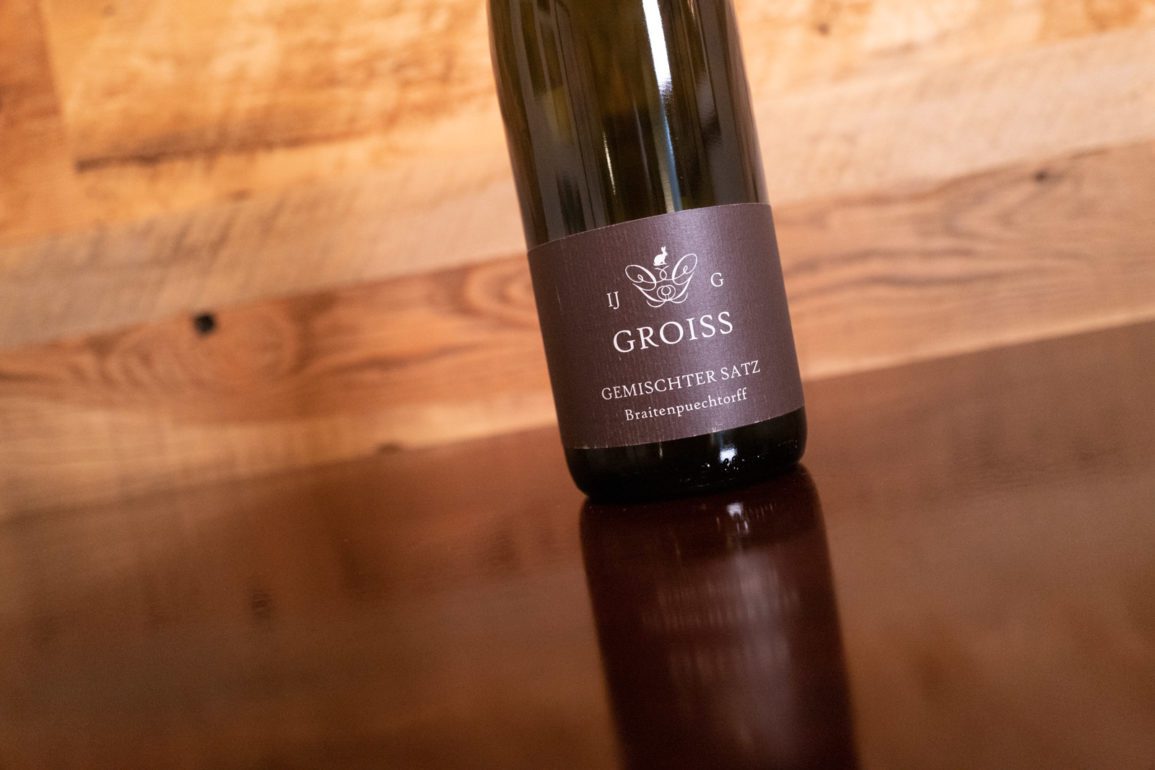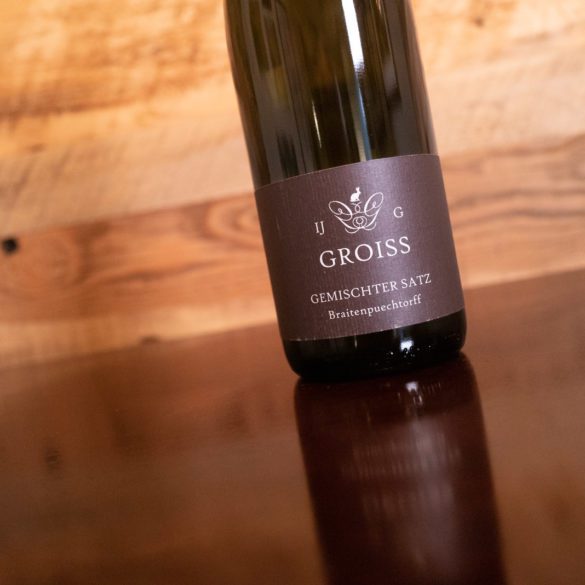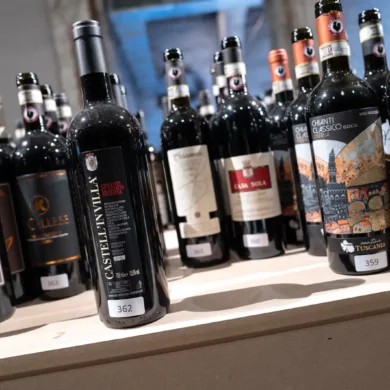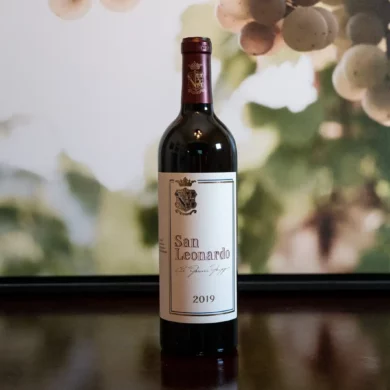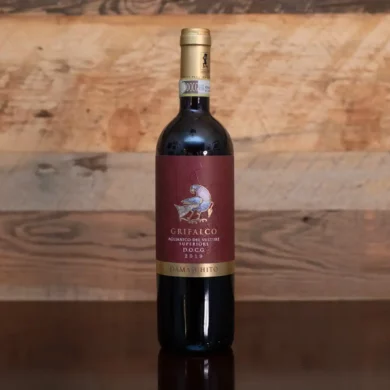My first encounter with field blends was the jarring experience of Marcel Deiss’ collection of wines after several flights of Riesling at the Millesimes d’Alsace trade show a few years back. My notepad filled up with unexpected fruits and flavors as I grasped for description, but ultimately, all I could come up with is “disorienting.” The process of making a field blend — in which the fruit of a diverse vineyard is harvested at the same time and co-fermented together — requires high degrees of faith and surrender on the part of its maker. It turns out, drinking them requires these traits as well. It is the Forrest Gump quote on a box of chocolates, just in liquid form.
Have a sip of a field blend and savor the bafflement. What exactly is happening in the glass, no one seems to know exactly, and that’s part of the fun.
This adventurous group of wines is the antidote to boredom for wine obsessives. Tired of parsing whether this wine is 20% whole-cluster or more like 30%? Fed up with pinning quince vs. pear with the tasting wheel in your head? Have a sip of a field blend and savor the bafflement. What exactly is happening in the glass, no one seems to know exactly, and that’s part of the fun.
I’ve recently come to the personal conclusion that, to my taste, there are field blends, and then there is Gemischter Satz — for that is the Austrian phrase for these wines — as I don’t think any other country has a stronger identity surrounding “the mixed set” as the Austrians.
Last year, I reported on the wines of Vienna which follow this practice, particularly at the great winery of Weininger. Each wine was absolutely dazzling, and if it wasn’t my job to taste as much variety as possible, I would likely put my feet up and just settle down with Wiener Gemischter Satz like it was a retirement home.
The same could be said for the wonderful sense of adventure and delicious bafflement I felt tasting Ingrid Groiss’ 2018 Braitenpuechtorff Weinviertel Gemischter Satz at Thanksgiving. Out of obligation to my writing, I felt compelled to describe it in some way, but felt woefully under equipped with my vocabulary. Crisp? Check. Bright? Check. Fruity? I’d say so, though the fruit veered on the lightly ripe to barely detectible end of the spectrum.
However, it was the bass note of earthiness that seemed to elevate the whole experience from white wine to white wine with a little something else. Nobody wants to drink potting soil, but everybody can relate to a drink that deceives your setting — I wasn’t in my dining room, I was in a garden somewhere, the smell of new plant life filling the recesses of my nose.
And to me, that’s the common thread with many of the Austrian Gemischter Satz wines I’ve tried: they transport you without sacrificing their white-wine functionality.
Find this one and see if you have a similar experience.
2018 Ingrid Groiss Braitenpuechtorff Weinviertel Gemischter Satz
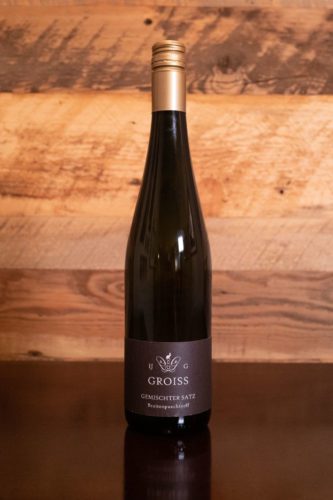 Weinviertel DAC (Niederösterreich )
Weinviertel DAC (Niederösterreich )
Grapes: Too many to count
Alcohol: 12.5%
Opinion: ★★★★ 3/4 (out of five)
Food friendliness: Impeccable
Value: Exceptional
A beginner might like … exploring the bountiful possibilities of food pairings as the razor-sharp acidity and explosive freshness of this wine cleans the palate. My bottle was gone by the time Thanksgiving dinner arrived, but I’d love to revisit it with sushi, corn chowder, or a seafood pasta.
A wine obsessive might like … really, the same thing as a beginner. Who doesn’t love a fresh and electrifying white wine to unify every flavor at your dinner table? But also the unusual sensations that seem consistent with Gemischter Satz. For each person, they register differently, but there is undeniably a unique GS texture that is consistent here.
Note: This wine was purchased with our editorial budget thanks to subscribers like you. Cheers.

